More than 1.2 billion Hindus around the world celebrated Holi, a spring festival known for its vibrant colors.
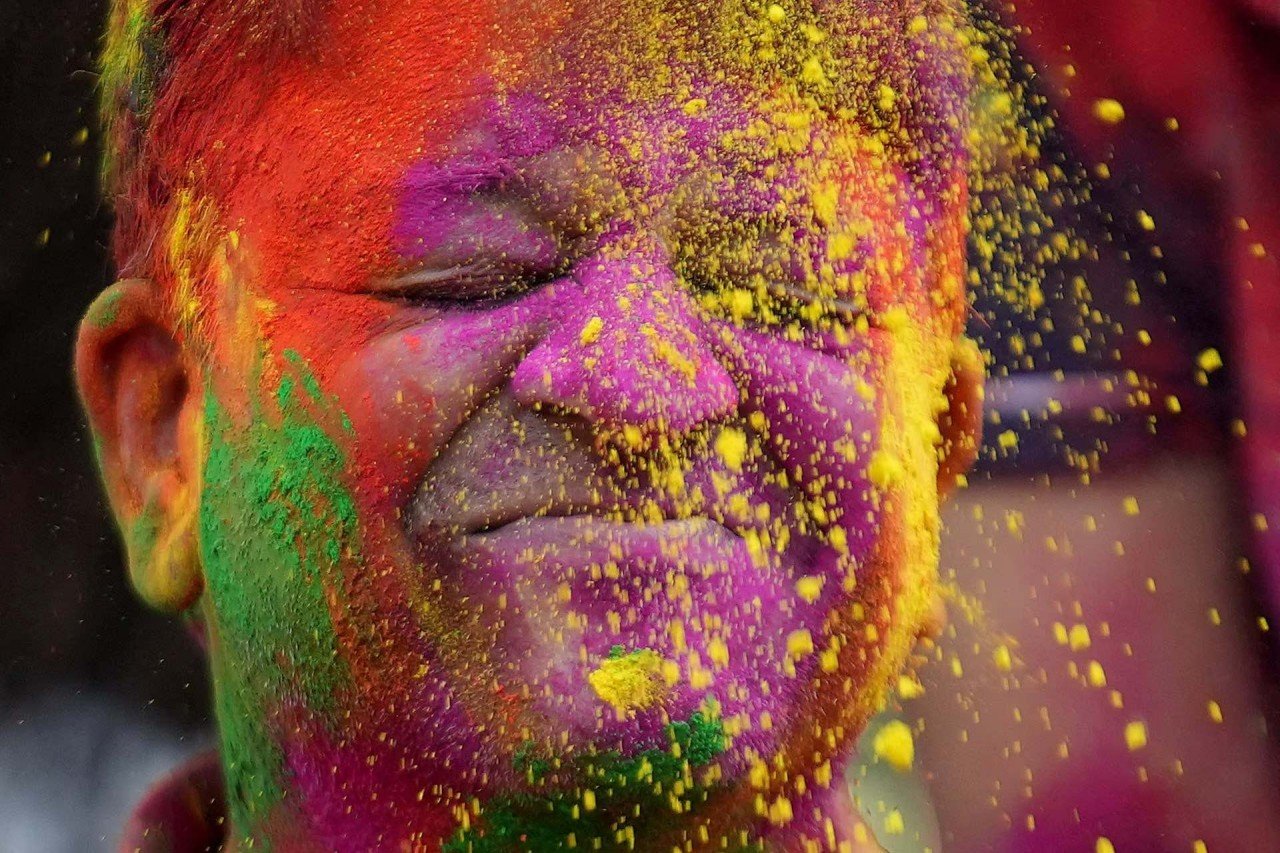 |
Holi, also known as the “Festival of Colors,” is one of the most important festivals in India, as well as many other countries with Hindu communities. This event is celebrated on the full moon day of the month of Phalgun in the Hindu calendar (usually February or March). In this photo: A man has colored powder thrown on his face during Holi celebrations in Mumbai, India. (Source: Reuters) |
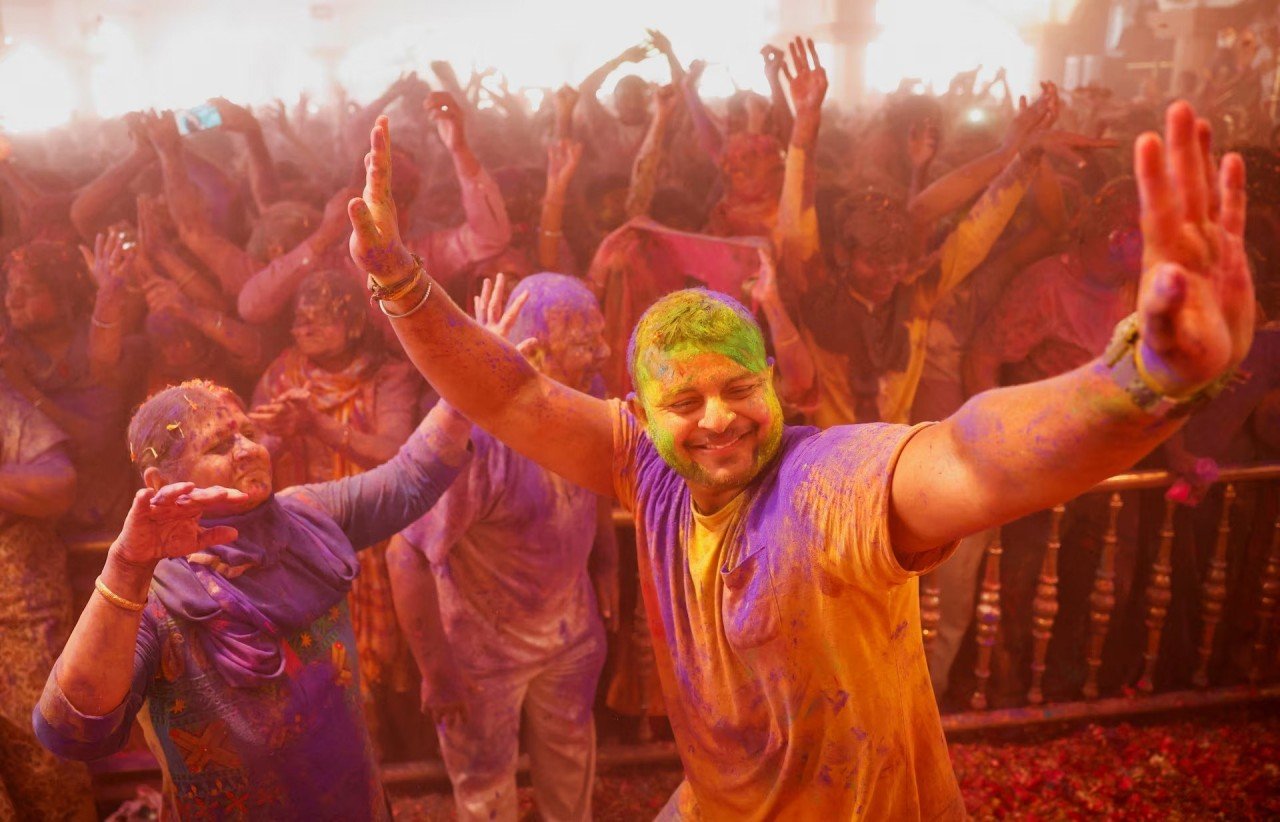 |
Holi marks the end of winter and the beginning of spring with hopes of a bountiful harvest. For Hindus, it is also a time to express love, unity and the triumph of good over evil. In this photo: Hindu devotees dance inside a temple in Ahmedabad, India. |
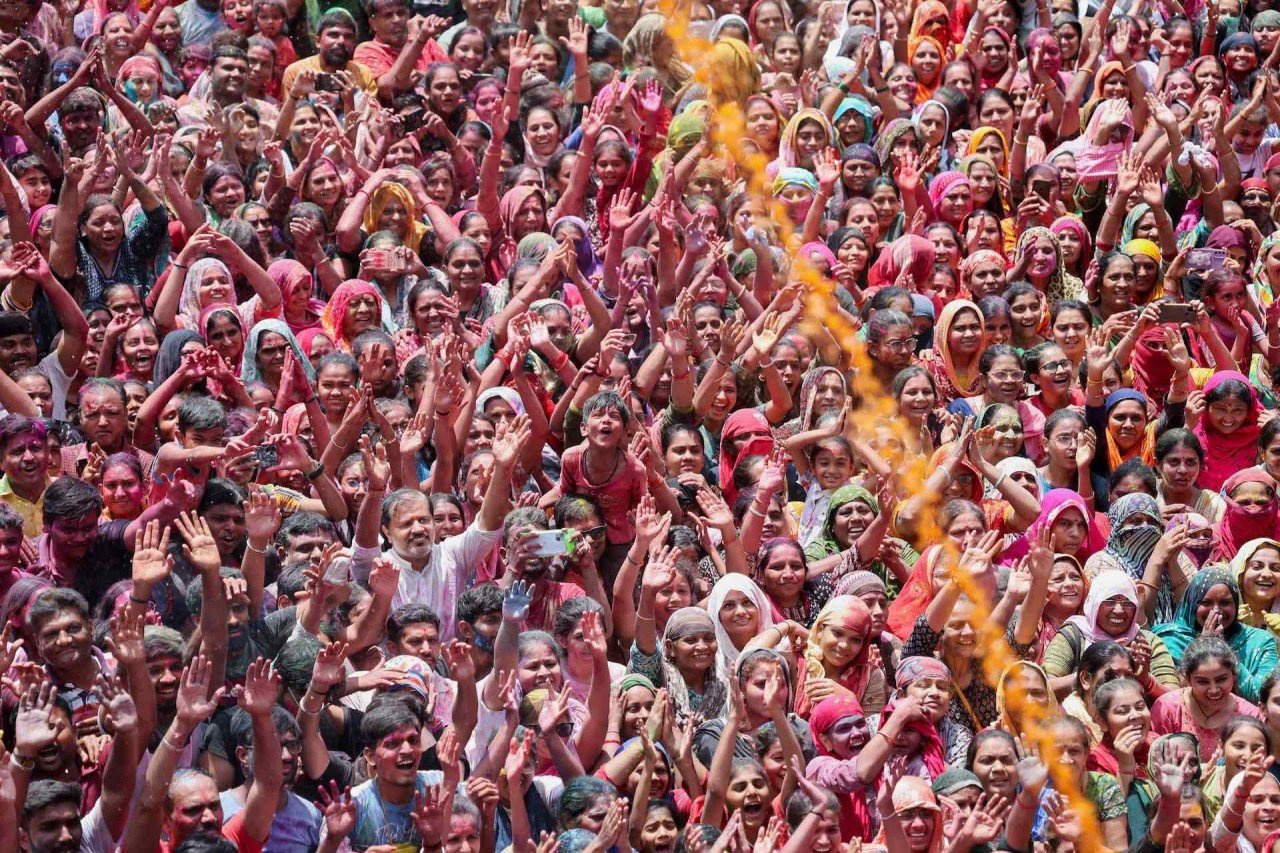 |
According to Britannica, the traditional Holi festival varies across the country, but all have their roots in Indian mythology. In many places, the festival is associated with the legend of Hiranyakashipu, a demon king in ancient India. Hiranyakashipu enlisted the help of his sister Holika to kill his son, Prahlada, a devotee of Vishnu. In an attempt to burn Prahlada alive, Holika sat with him on the pyre, but she wore a cloak to protect herself from the flames. However, the cloak protected Prahlada, and Holika was burned. In this photo: Hindu devotees pray as they are doused with colored water during the Holi festival, held in the grounds of a temple in Ahmedabad, India. |
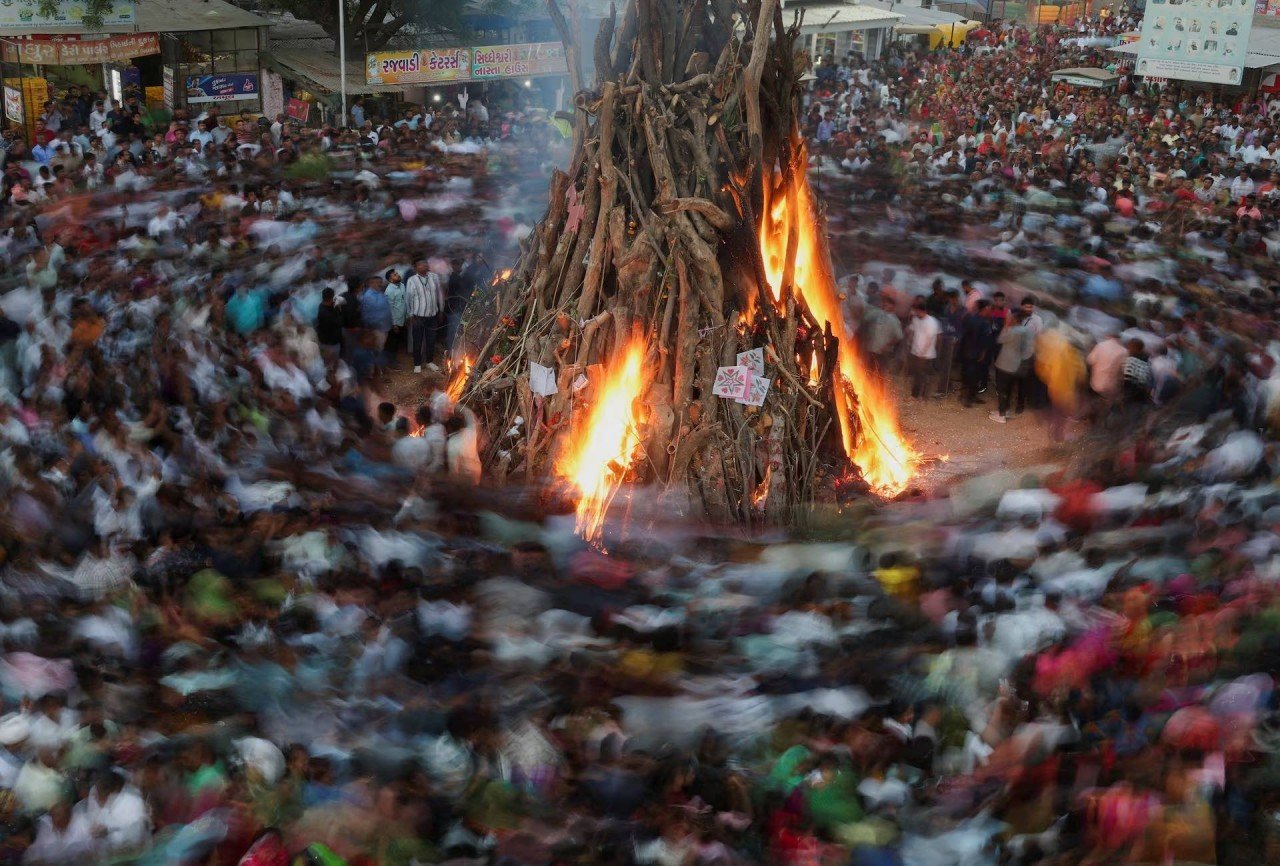 |
That evening, Lord Vishnu killed the demon king Hiranyakashipu, symbolizing the triumph of good over evil. In many parts of India, people burn a large pyre on the eve of Holi to commemorate this legend. This ritual is called Holika Dahan. People sing and dance around the fire. In this photo: Hindu devotees walk around a fire during the Holika Dahan ritual on the outskirts of Ahmedabad, India. |
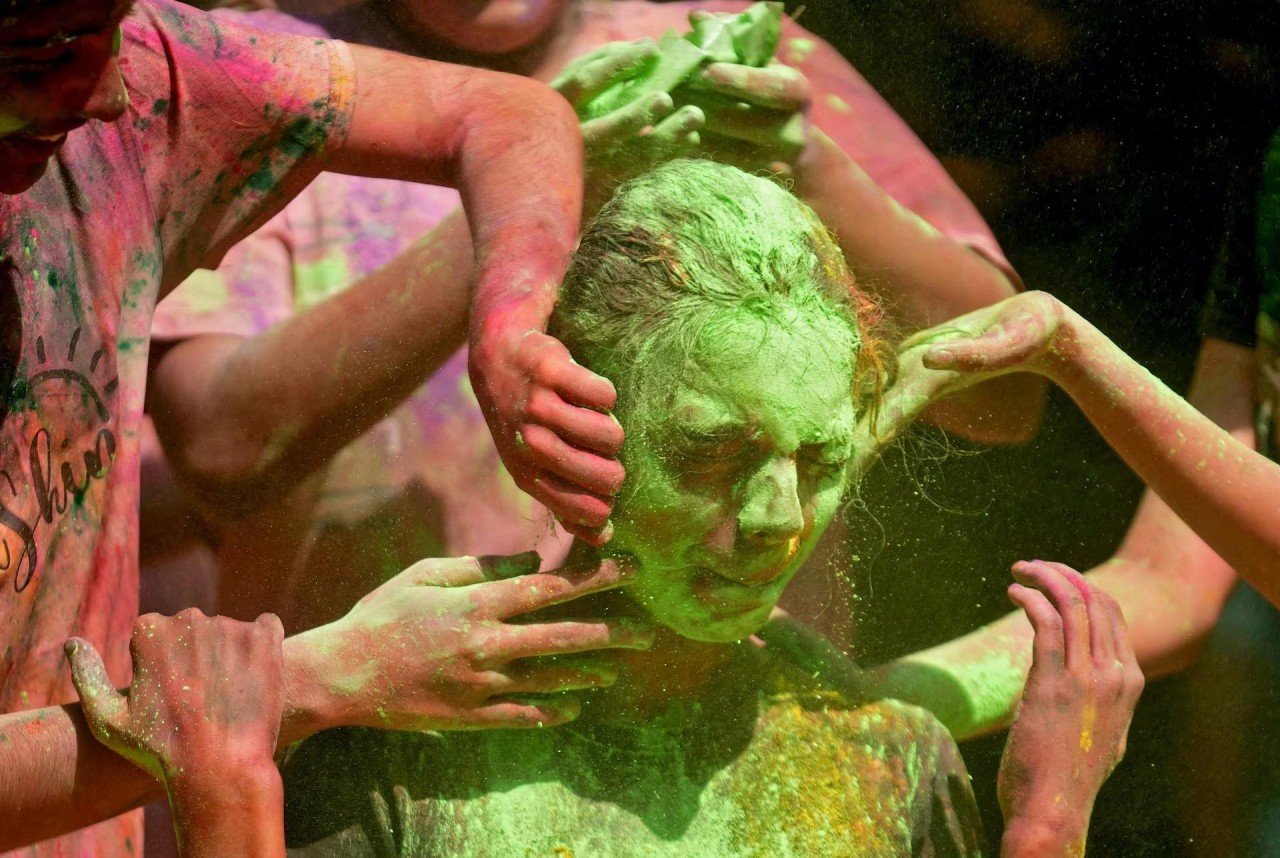 |
There are other legends, one of which revolves around Lord Krishna and Radha, Krishna's beautiful childhood friend. It is said that Lord Krishna fell in love with Radha, but he felt embarrassed because he had dark blue skin, while Radha's skin was as white as snow. To remedy this, Lord Krishna playfully painted Radha's face. This is believed to be the origin of throwing colored powder and water. In general, cheerfulness is considered a characteristic of Lord Krishna, who is known for his mischievous pranks. Pictured: A girl has her face smeared with colored powder during the Holi festival in Mumbai, India. |
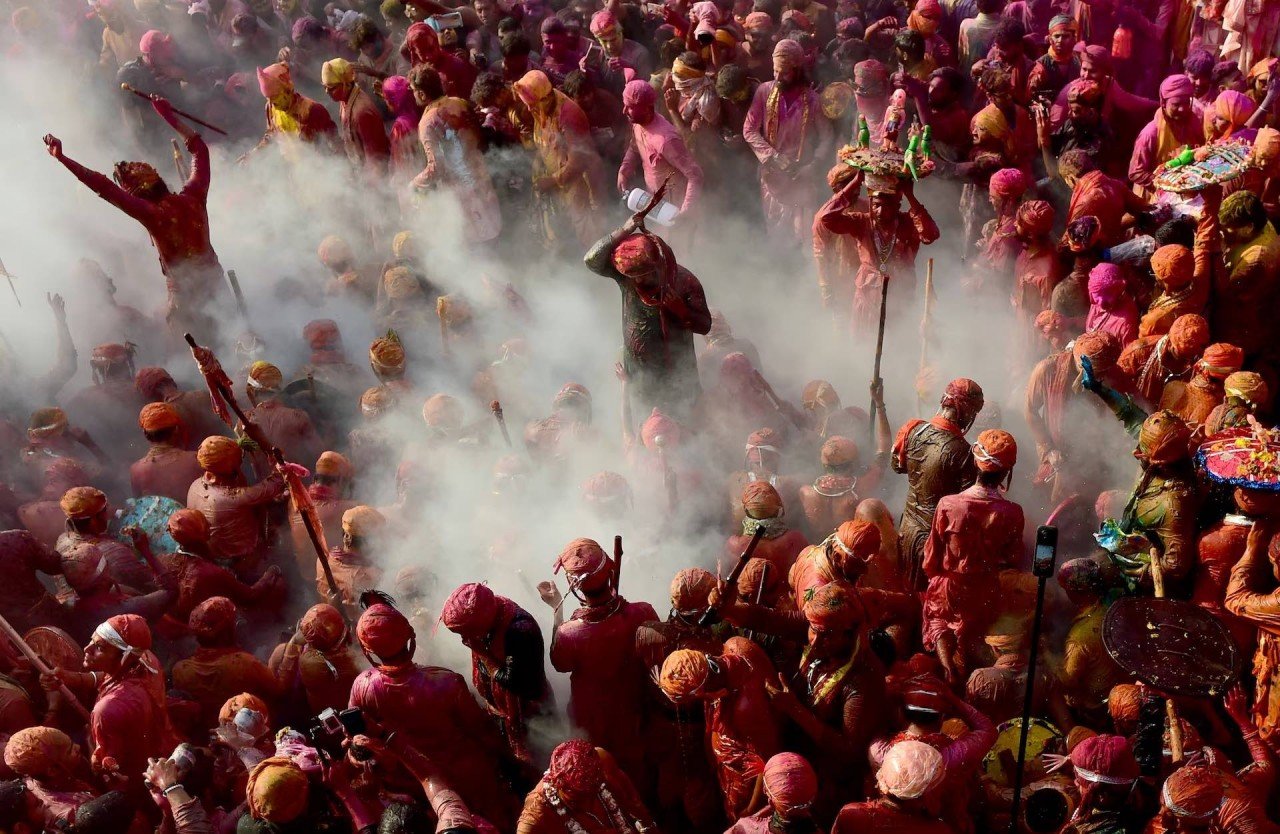 |
All the colors used during the festival have their own meanings in Indian culture. Green symbolizes purity, red symbolizes renewal, and orange symbolizes happiness and fulfillment. When these three colors are combined in Holi, they all bring positive and good meanings. In the photo: A ritual at the Holi festival in Nandgaon town, Uttar Pradesh, India. |
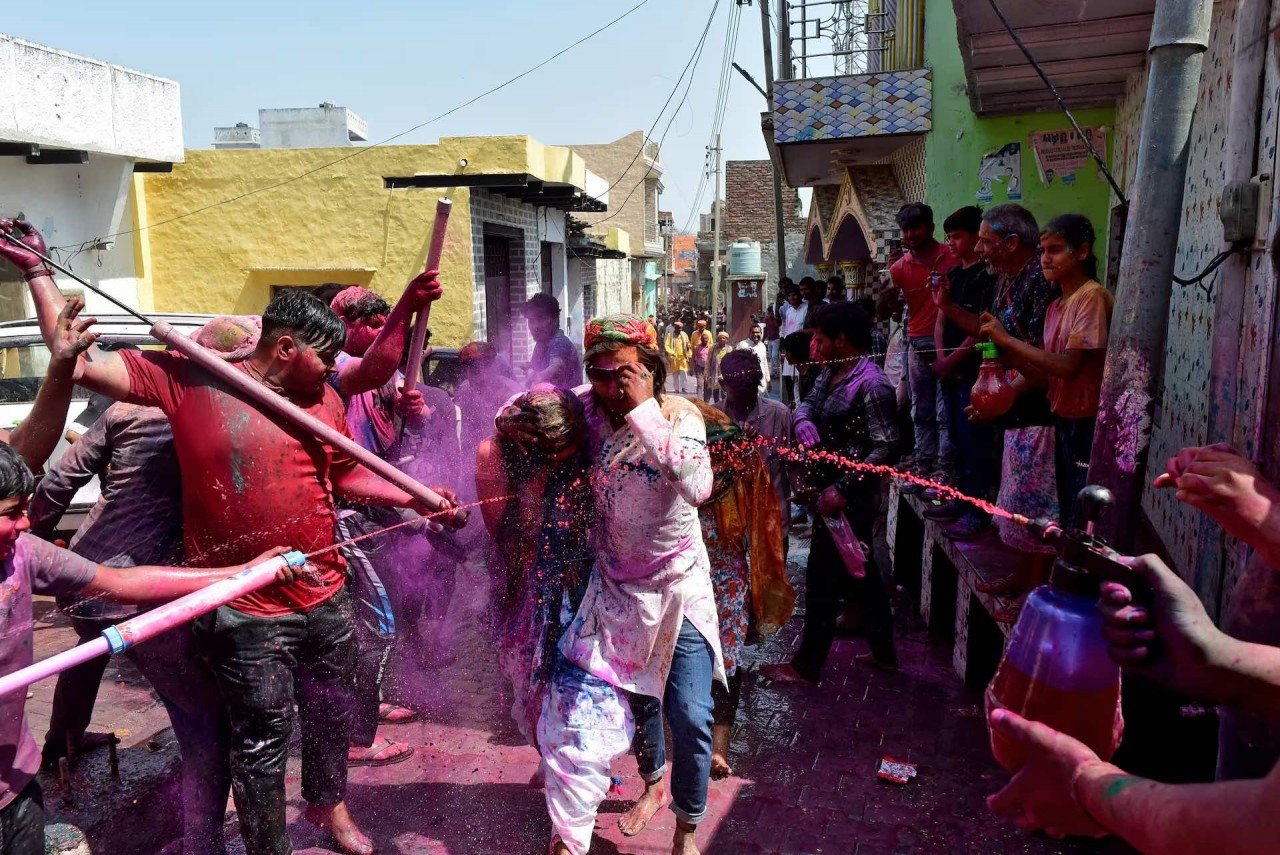 |
The Holi festival officially begins the next morning and people play with colors. Everyone holds dry colored powder or colored liquid balls to throw and spray at others. In this photo: People spray colored water on tourists during the Holi festival in Nandgaon town, Uttar Pradesh, India. |
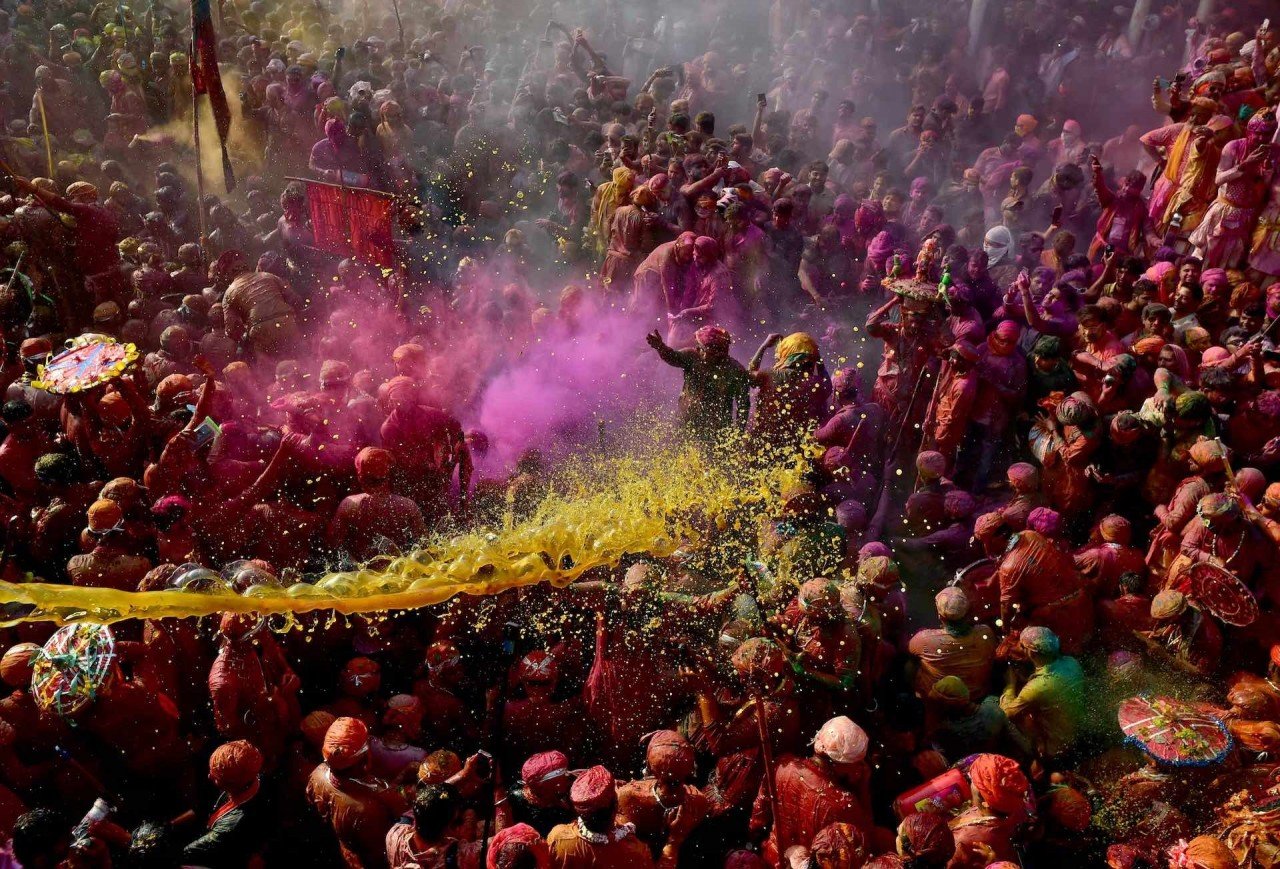 |
Traditionally, these colours are mixed from natural plants that are easy to wash off, such as saffron, sandalwood and rose. People take to the streets to participate in this fun game. By the end of the morning, everyone looks like a colorful painting. And this is the reason why Holi is also called the "Festival of Colours". In the picture: Holi festival in Nandgaon, Uttar Pradesh, India. |
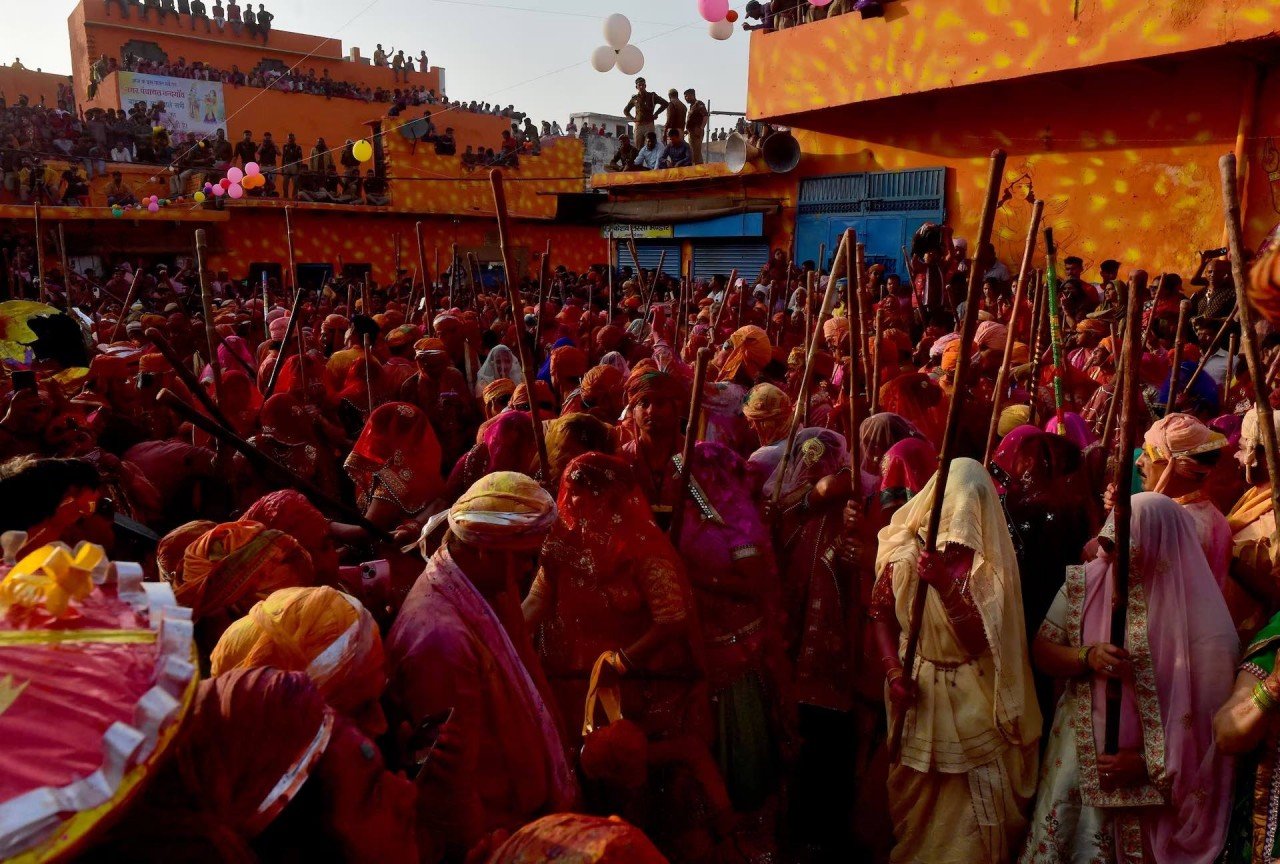 |
People gather in groups to sing and dance to the beat of drums and dholaks. During each pause in the “war” of colors, people eat traditional dishes together. |
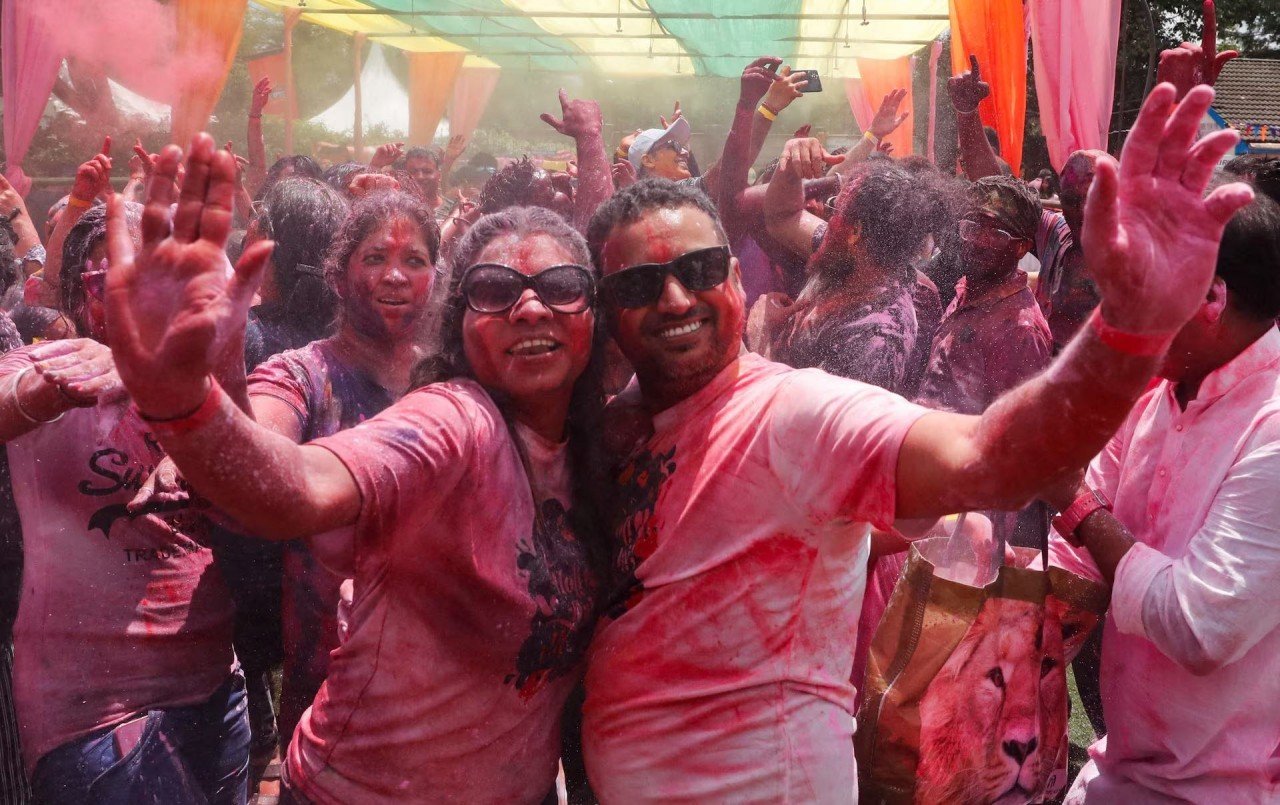 |
After a day of playing with colors, people take a bath and wear new clothes to welcome friends and relatives. Holi is also a festival of forgiveness and new beginnings, with the aim of creating harmony in society, leaving behind all hatred. In the photo: People covered in colored powder at the Holi festival in Nairobi, Kenya. |
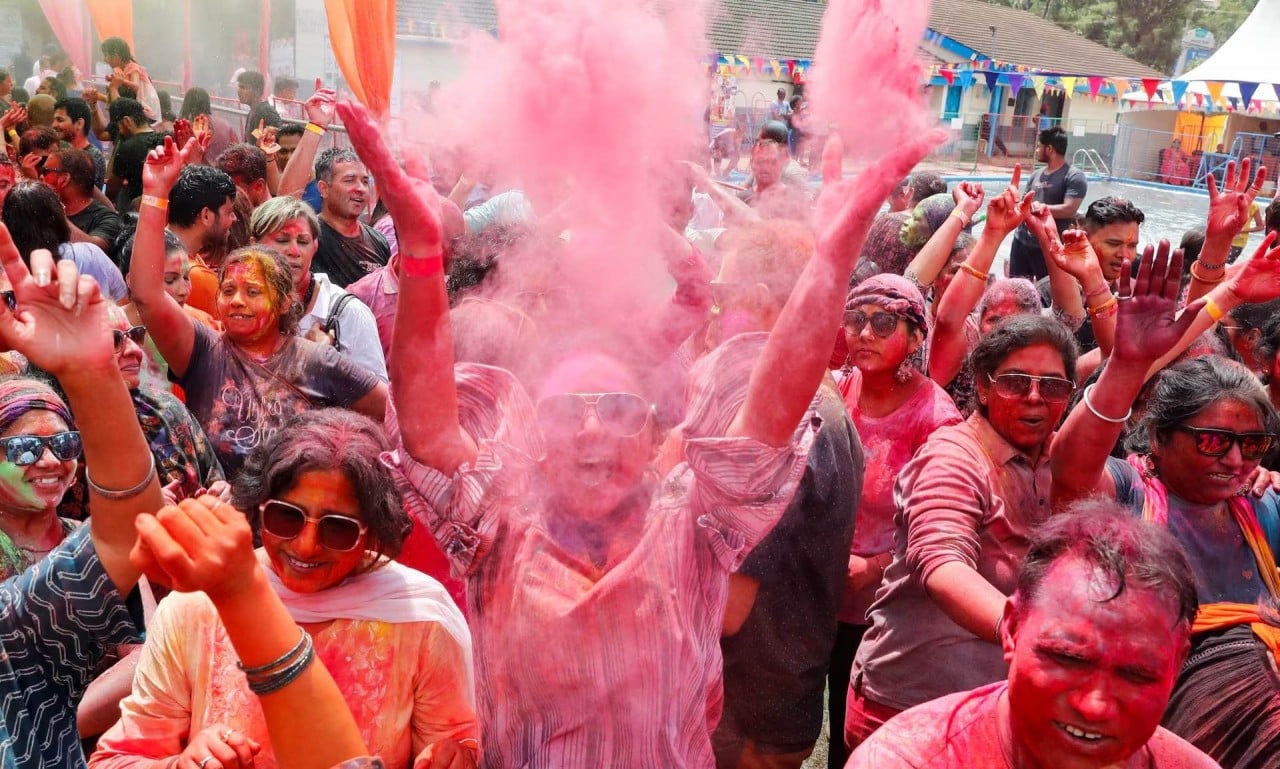 |
| During the Holi festival, people throw colored water and powder at each other in joy. Pictured: Holi festival in Nairobi, Kenya. |
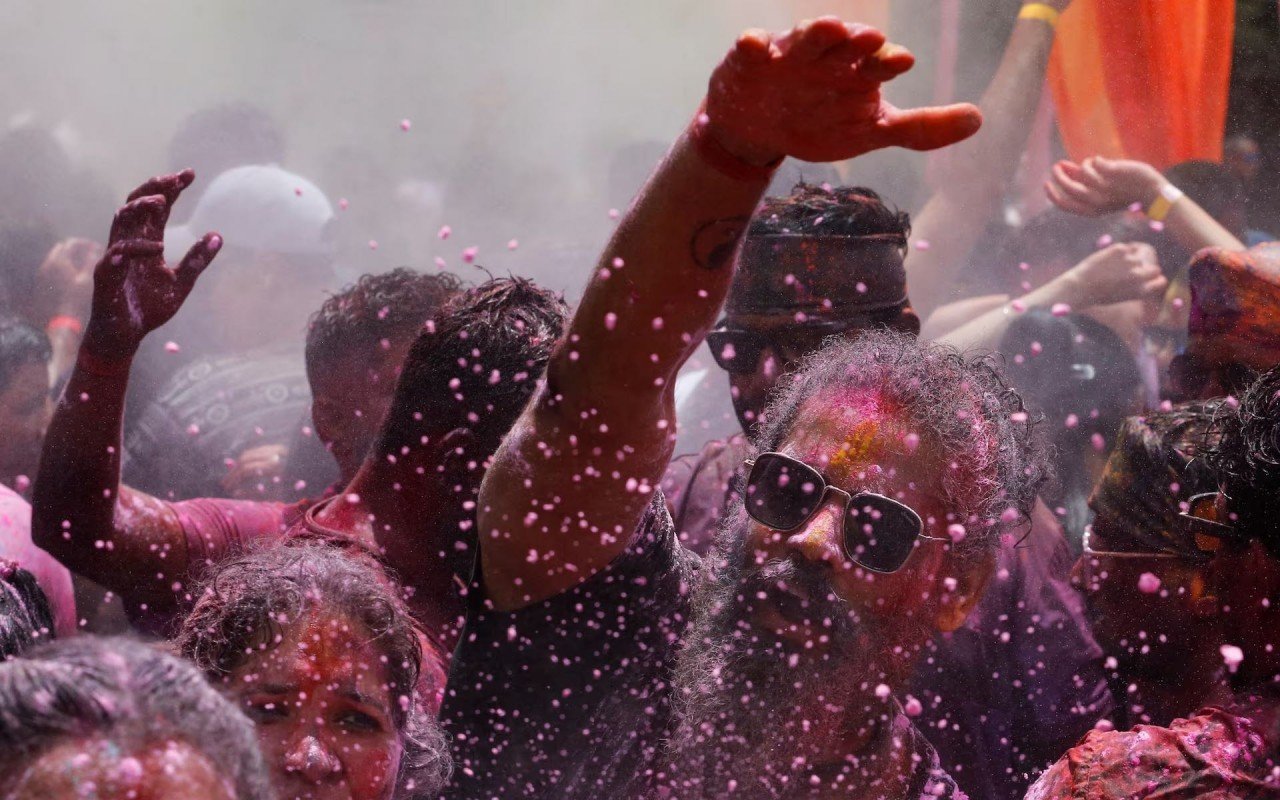 |
| Holi also offers a great opportunity to send blessings and love to loved ones, these sentiments are contained in a special Holi gift. During this festival, people can let go of social taboos, indulge in sweets and intoxicating drinks. |
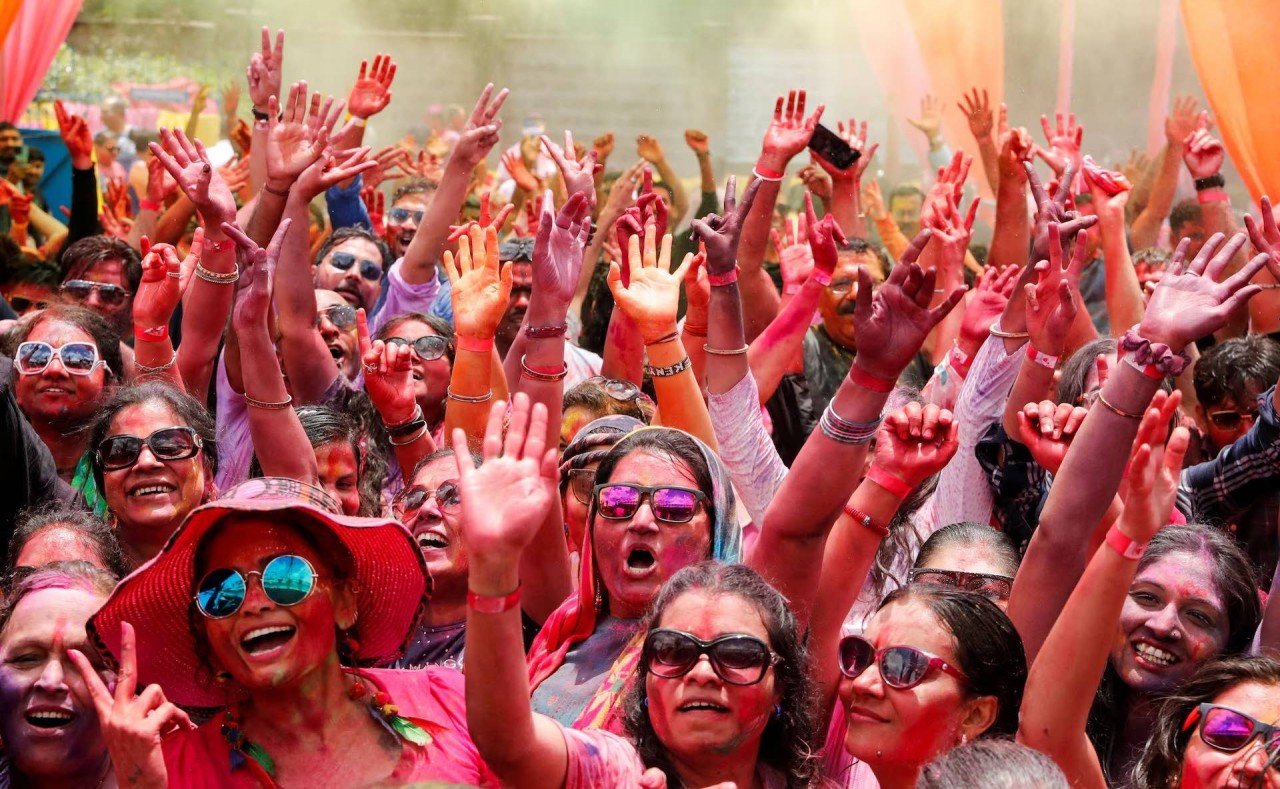 |
| During the Holi festival, people throw colored powder on each other to represent freedom and non-discrimination between castes that exist in society. |
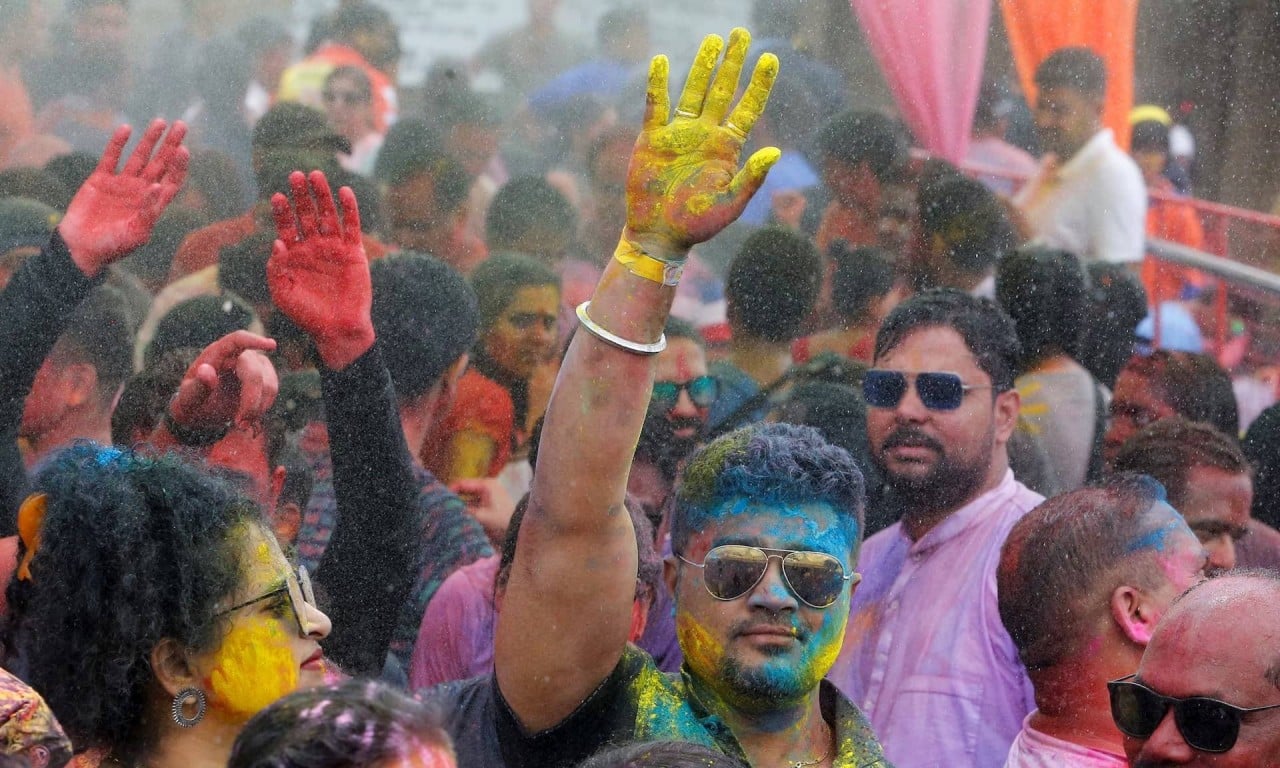 |
| All in a happy spirit, playing the coloring game together. |
(according to Reuters)
Source


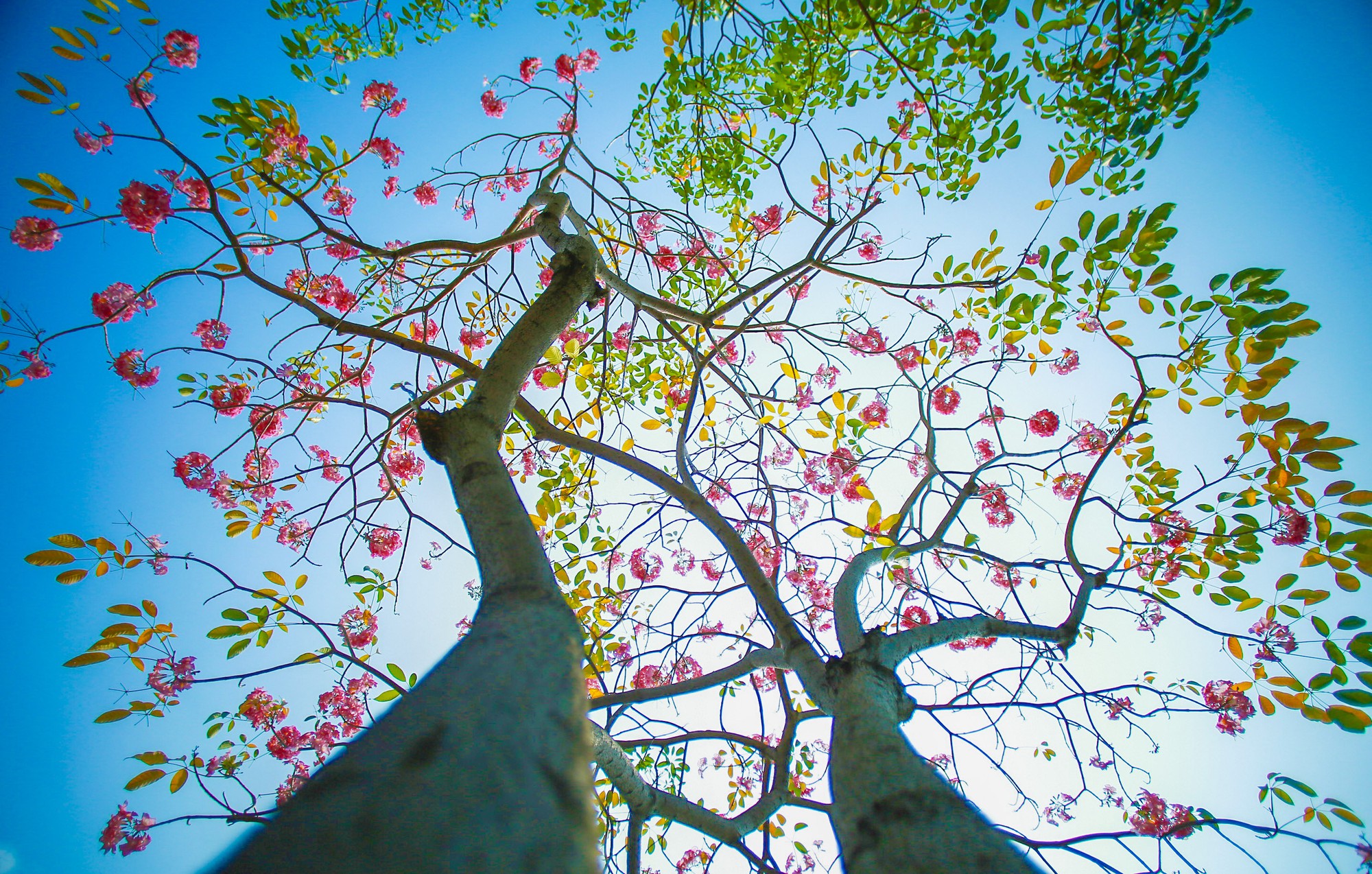
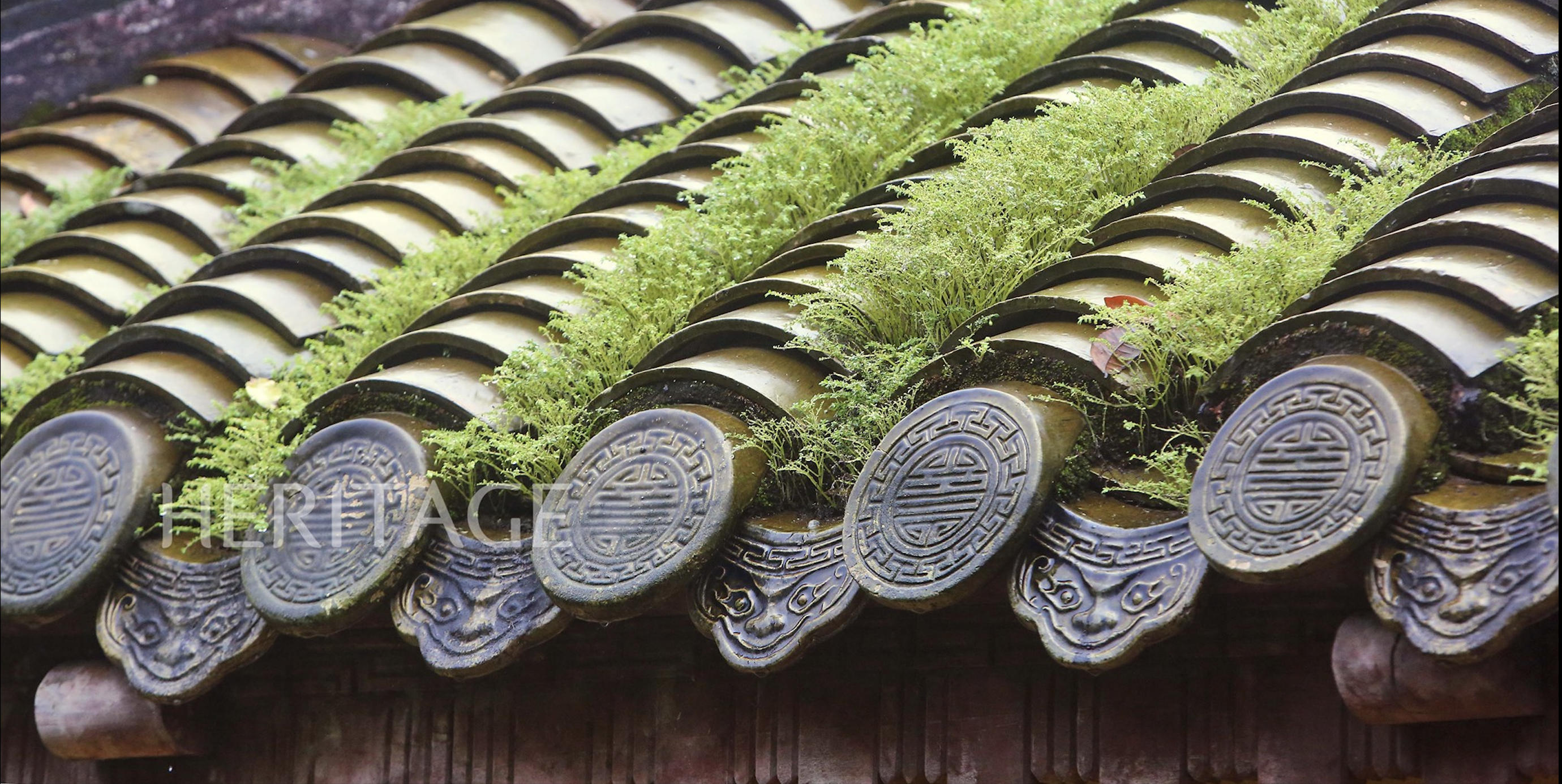

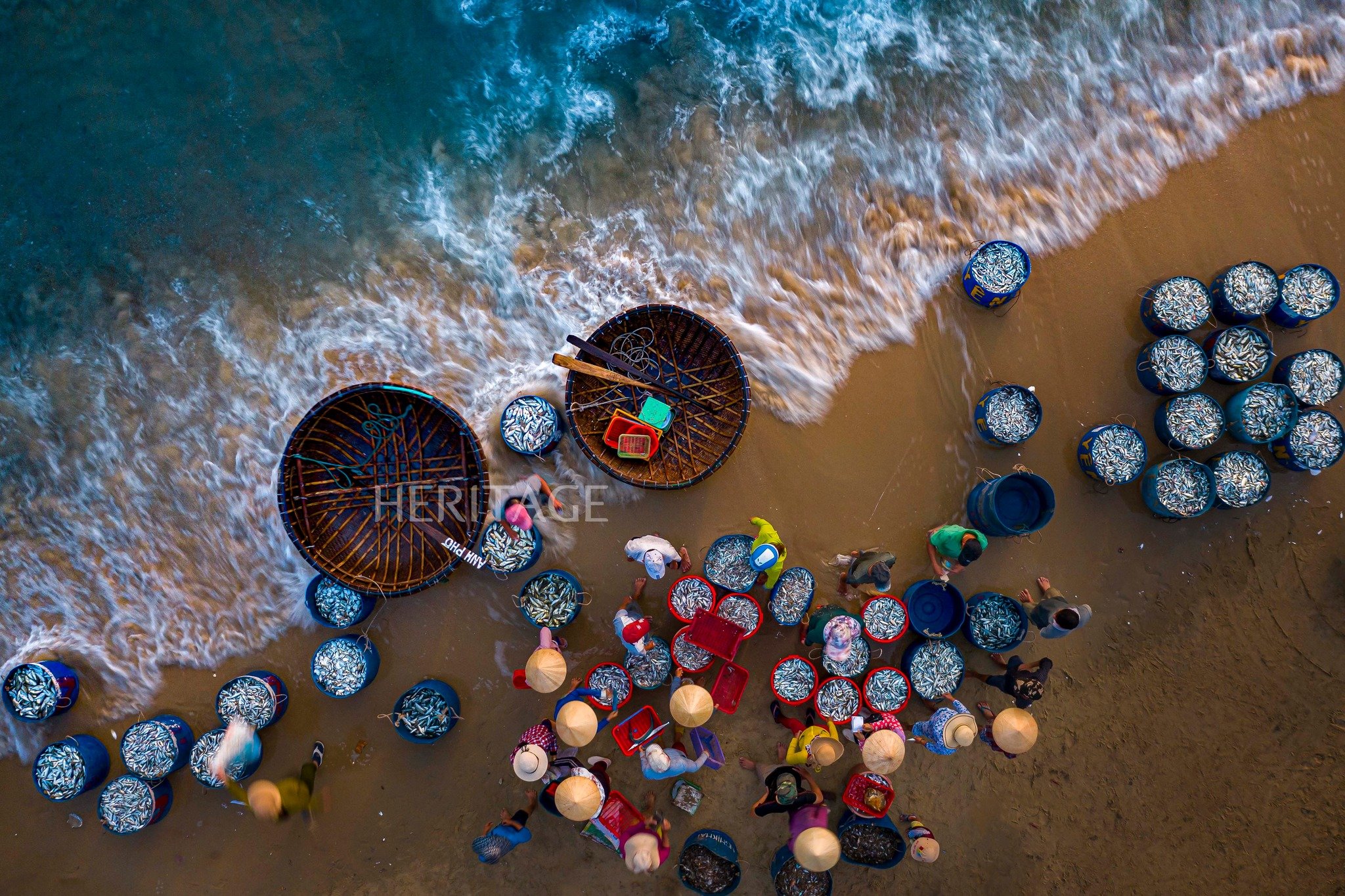
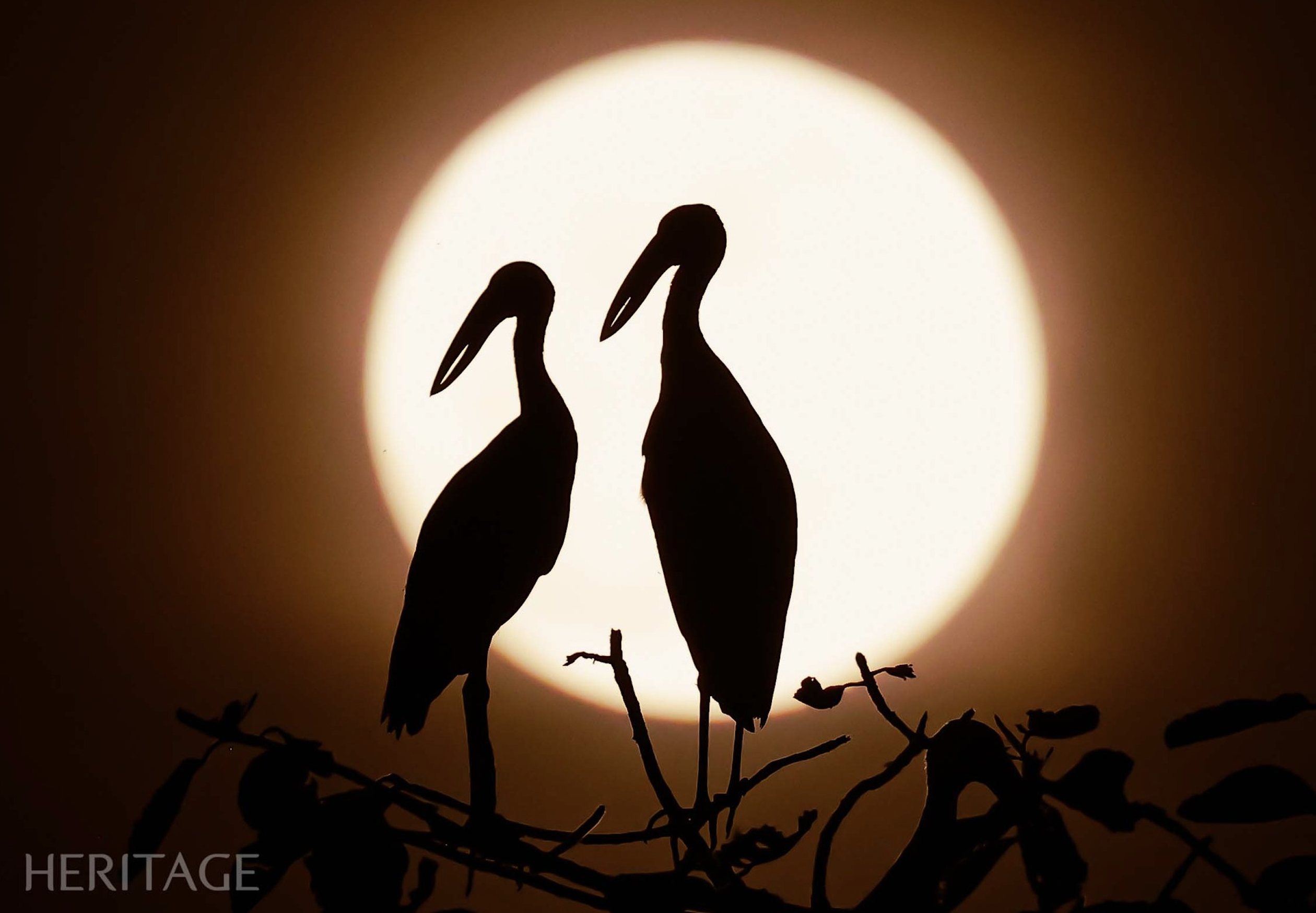
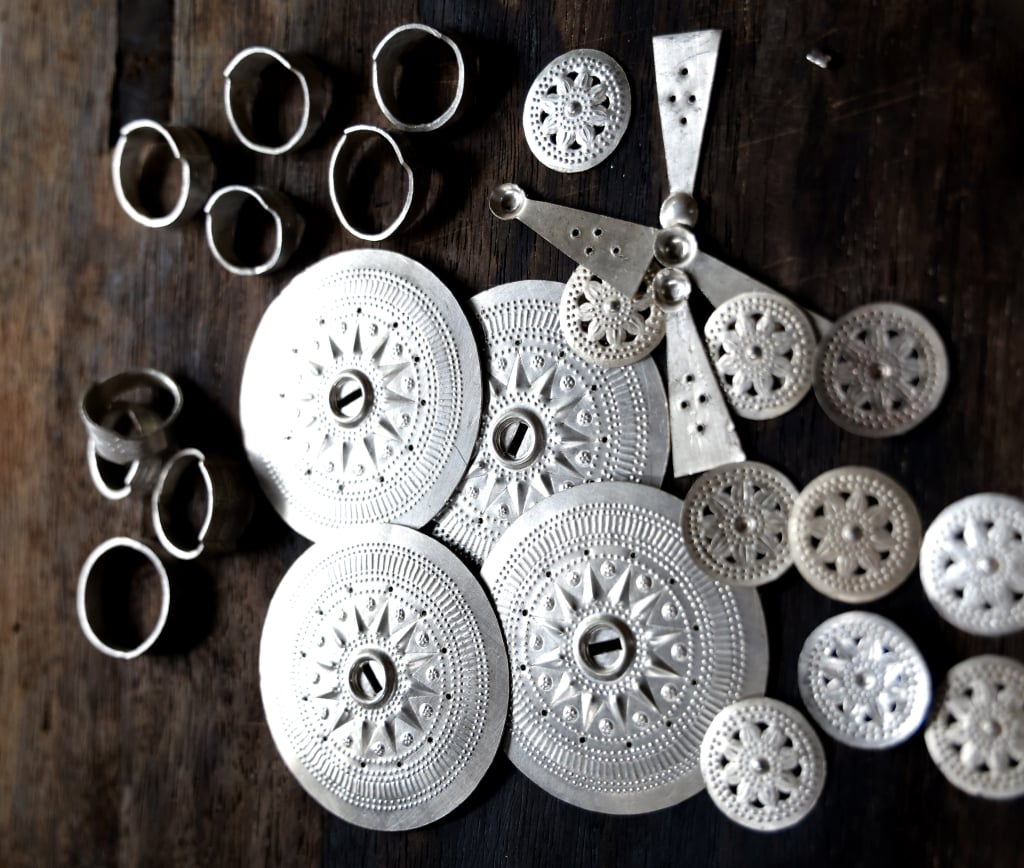
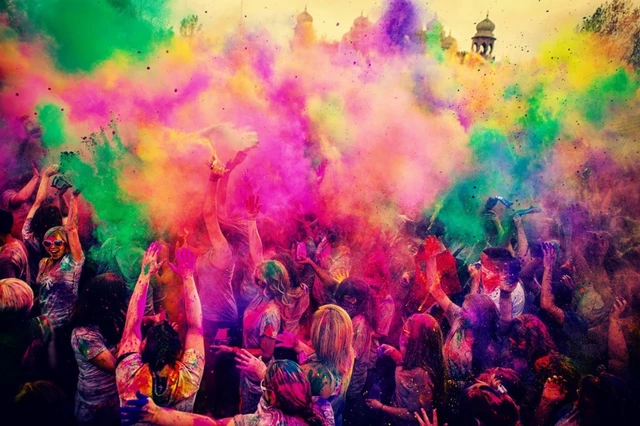



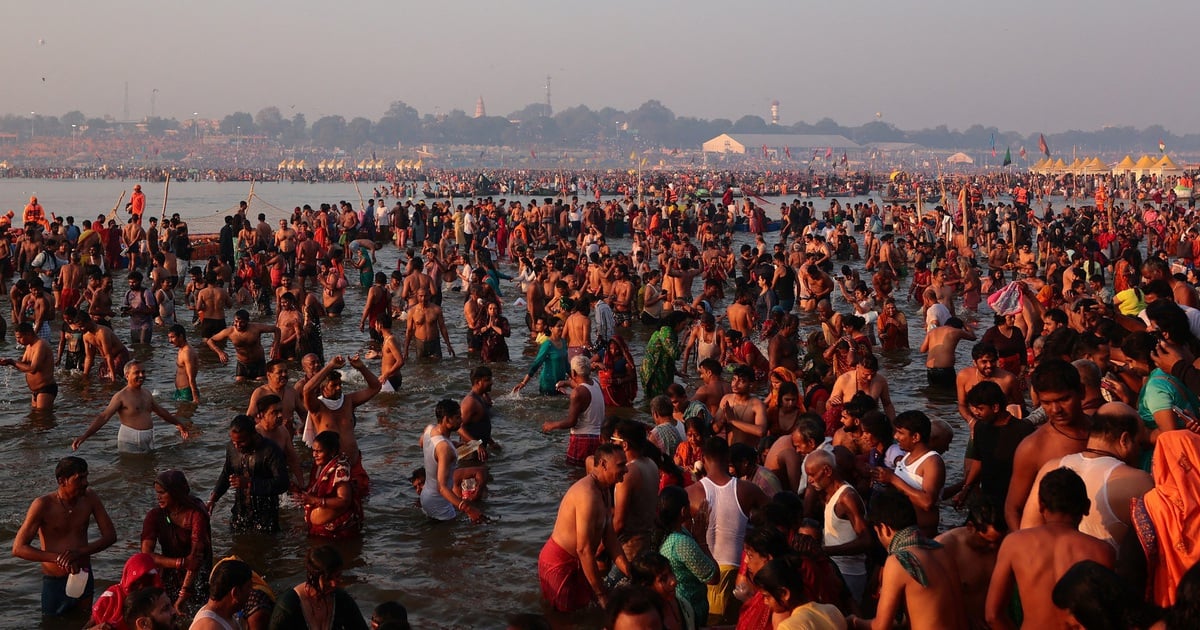
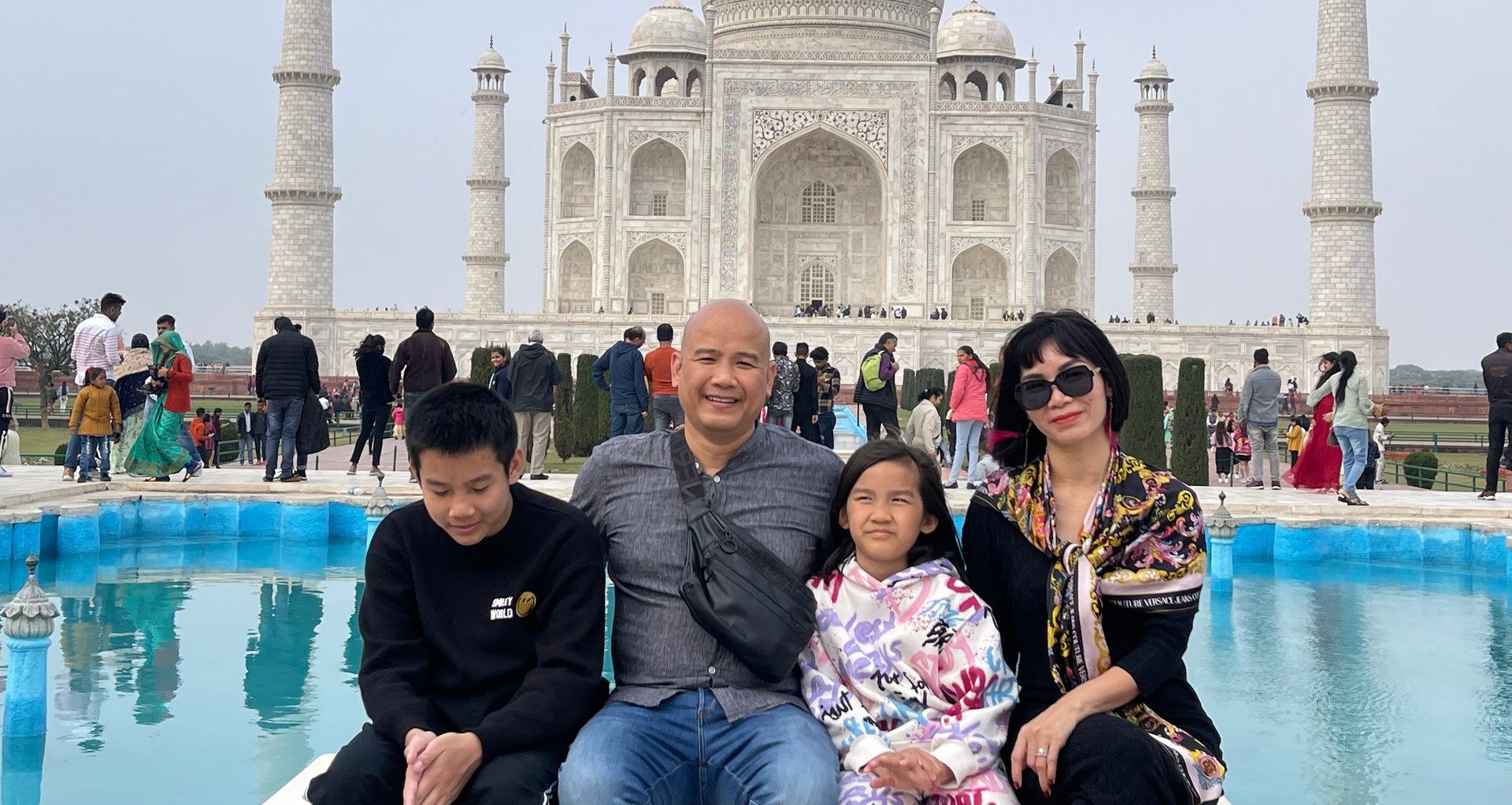

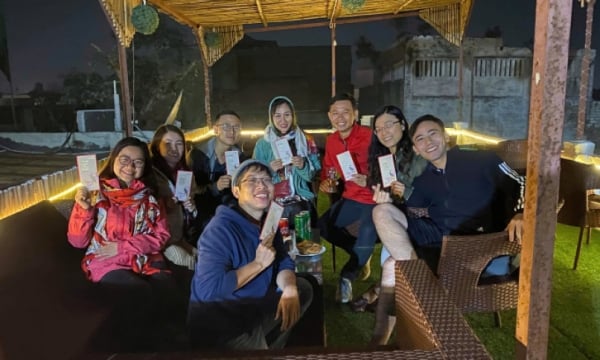
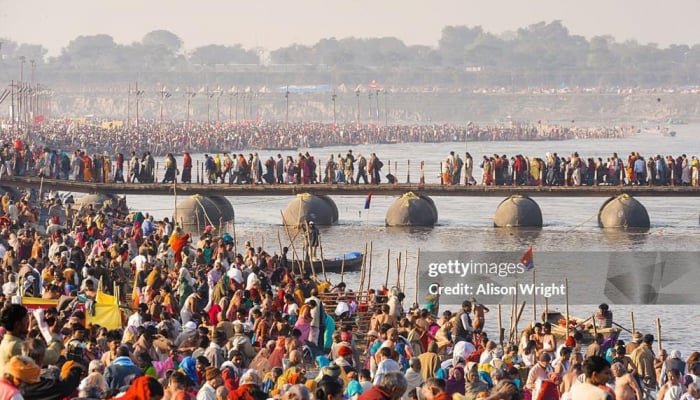


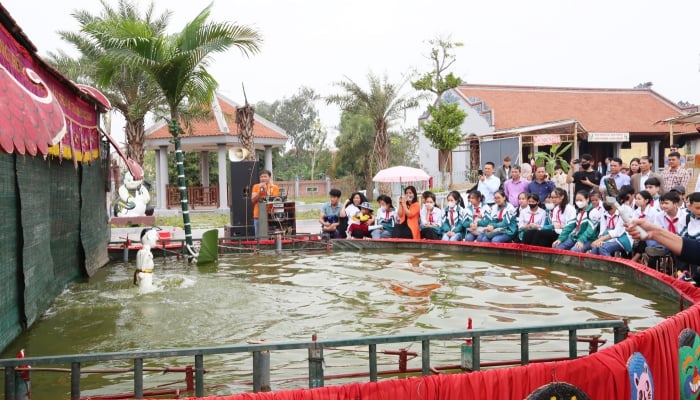















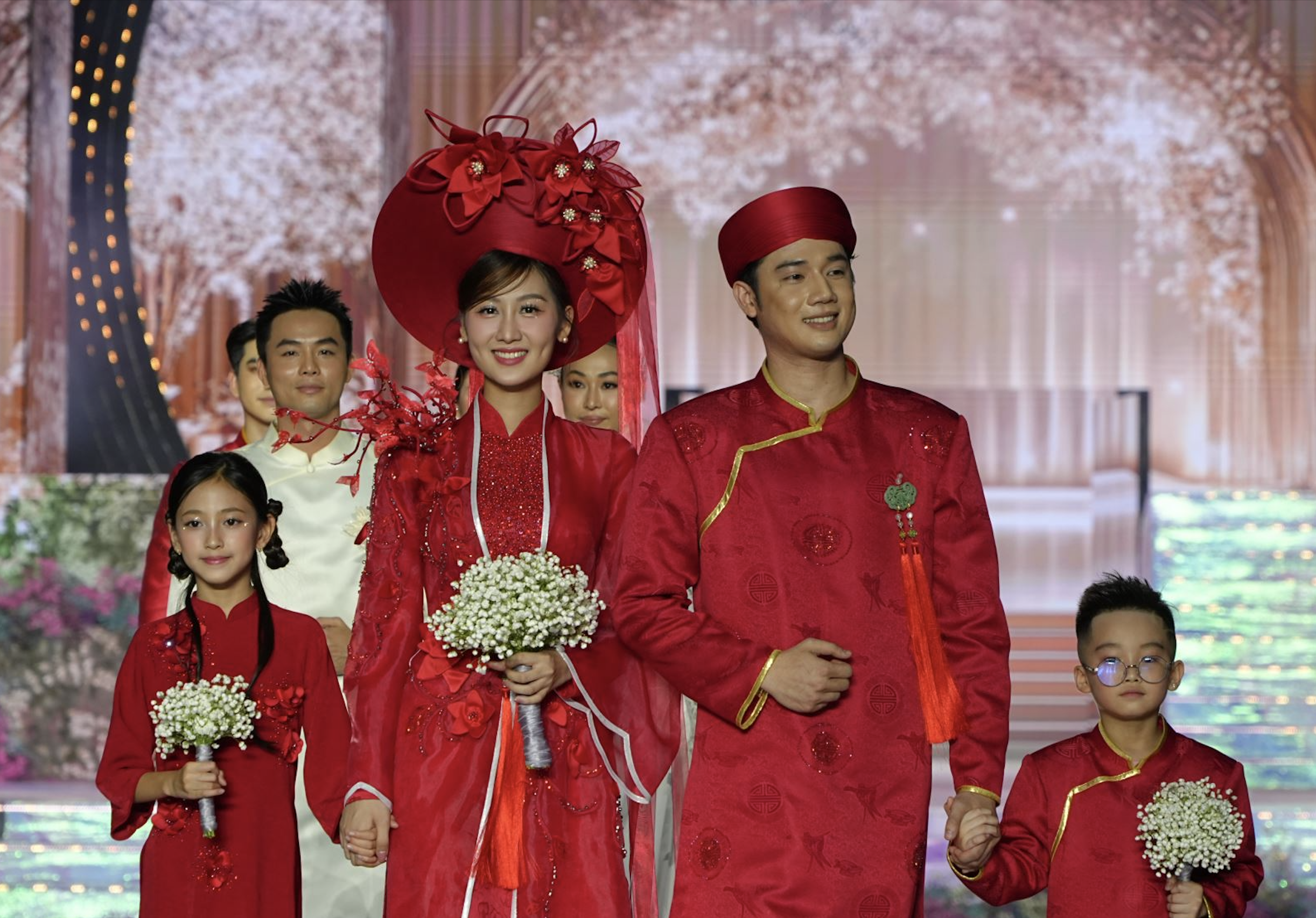


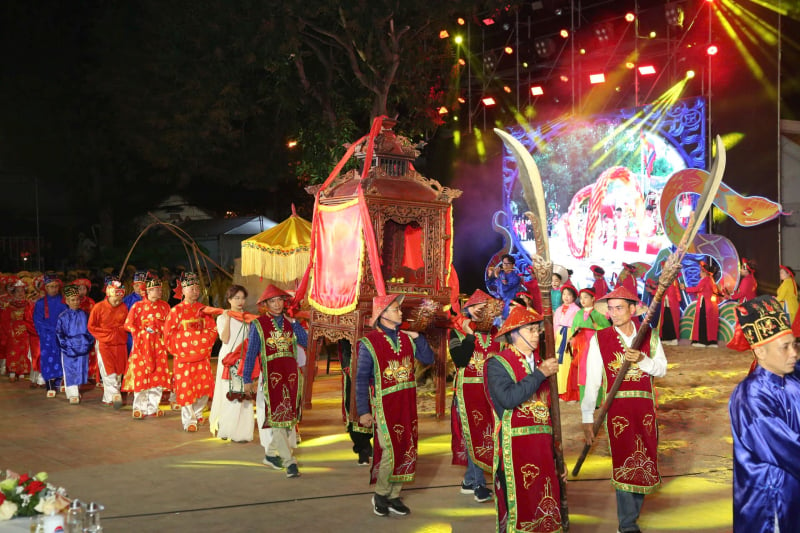

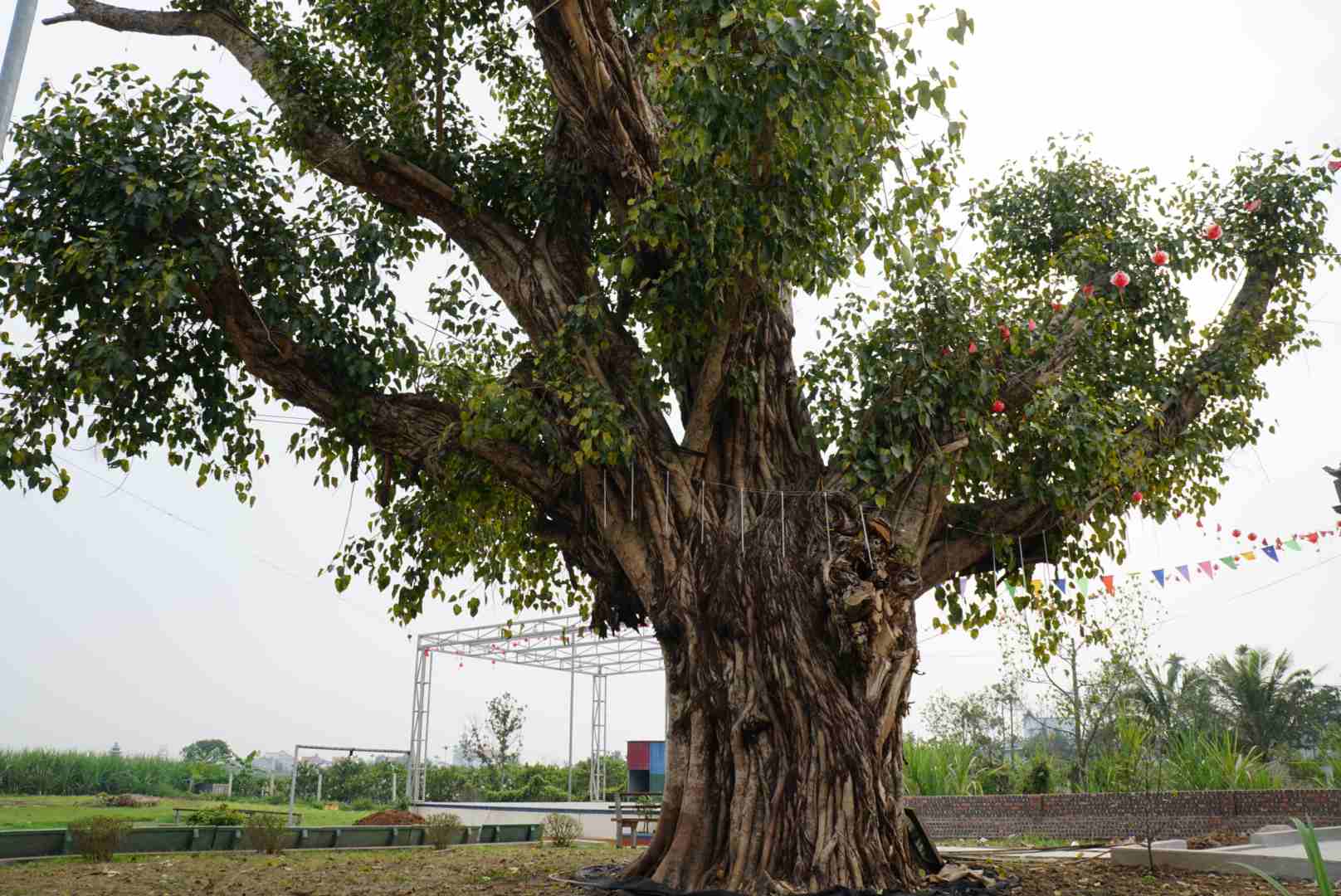



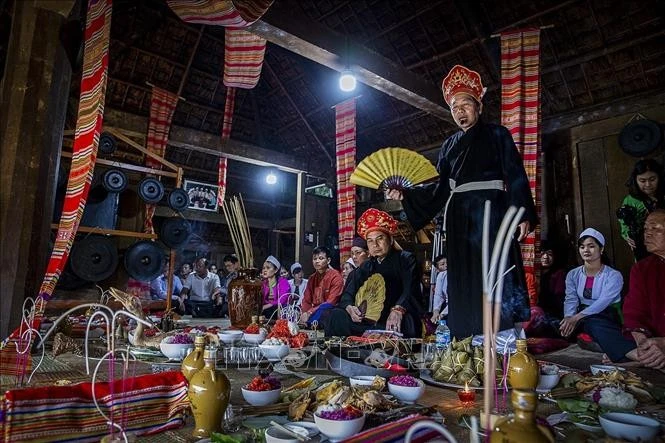






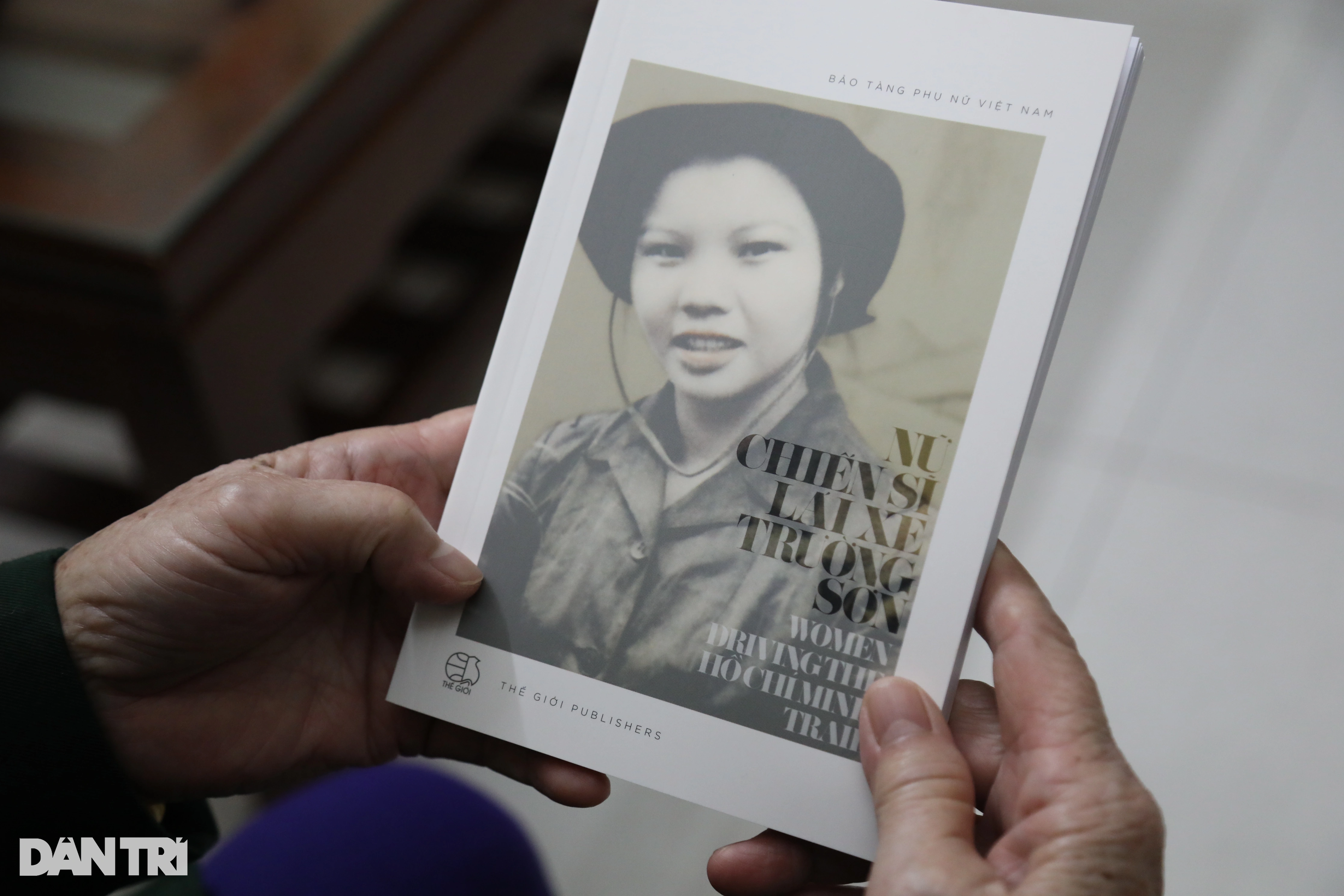





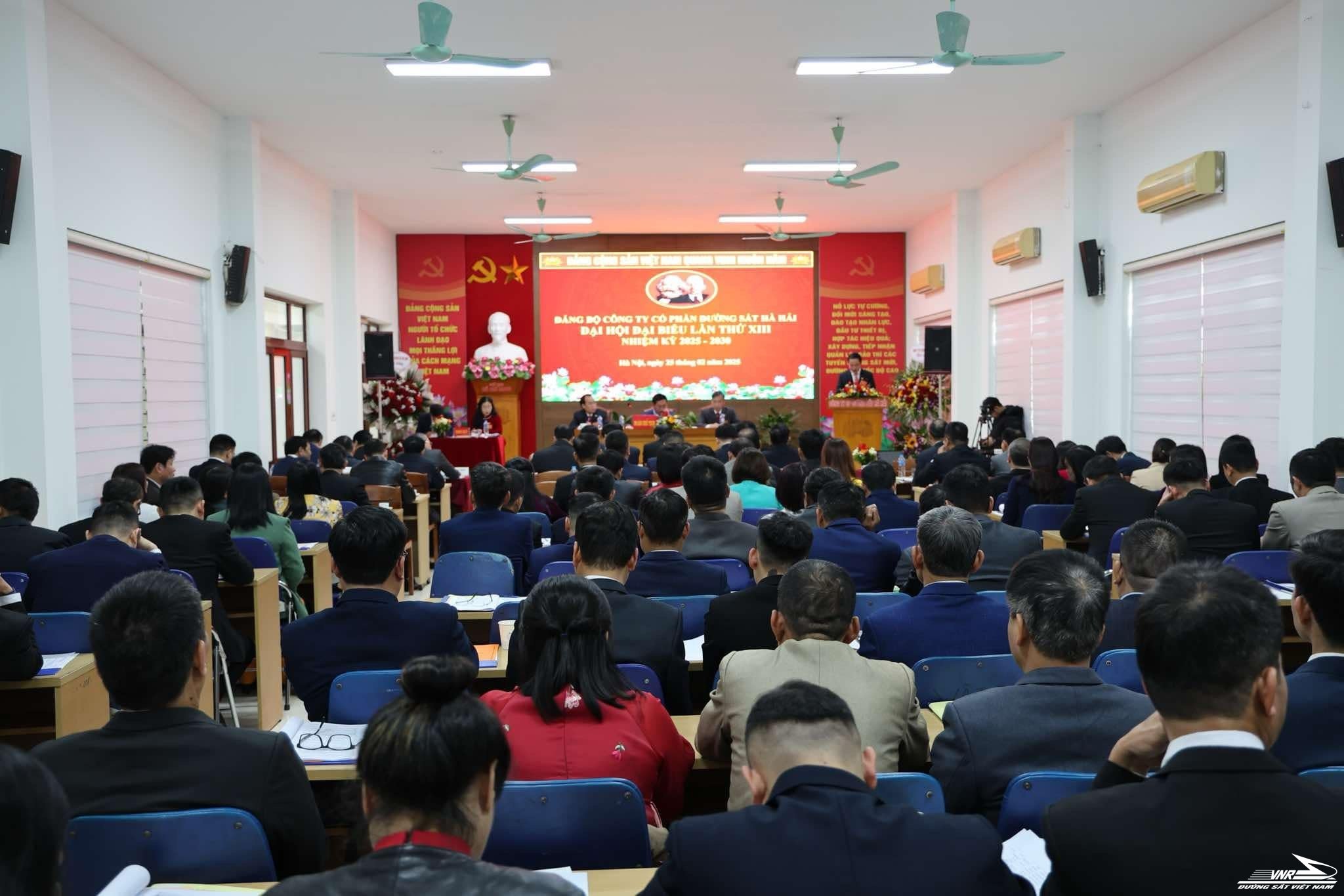






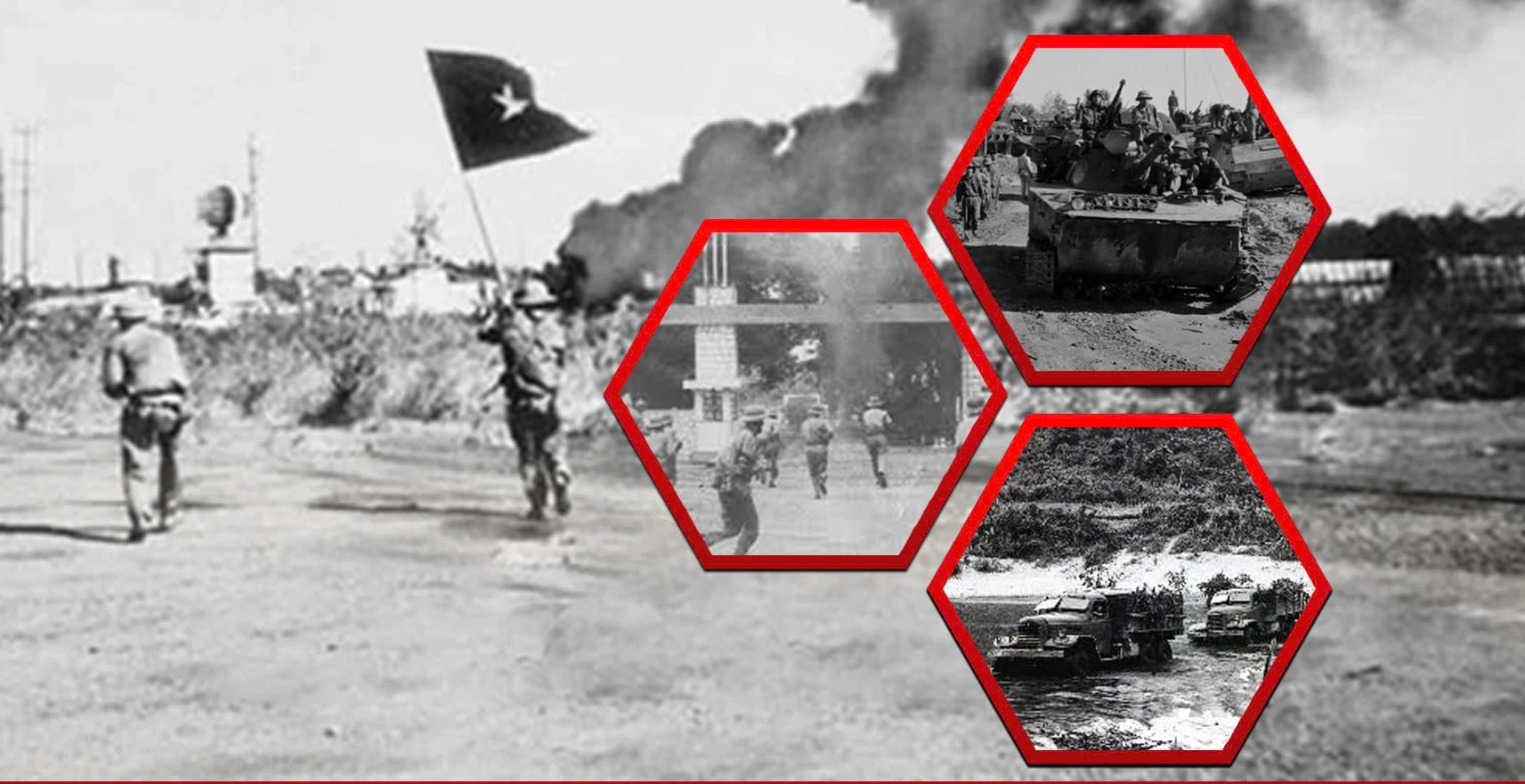

















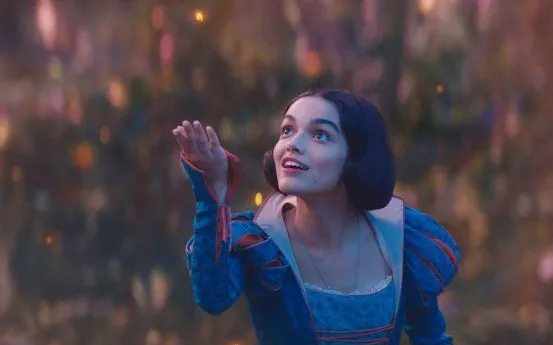
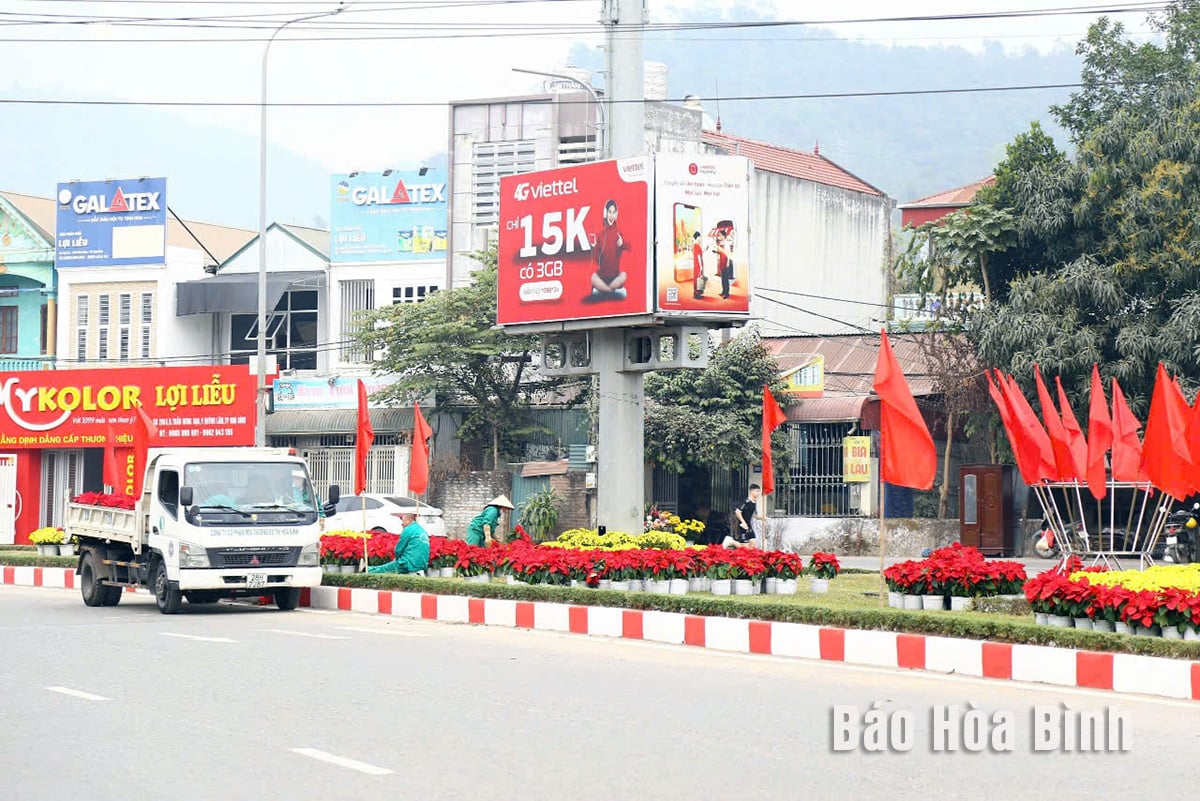
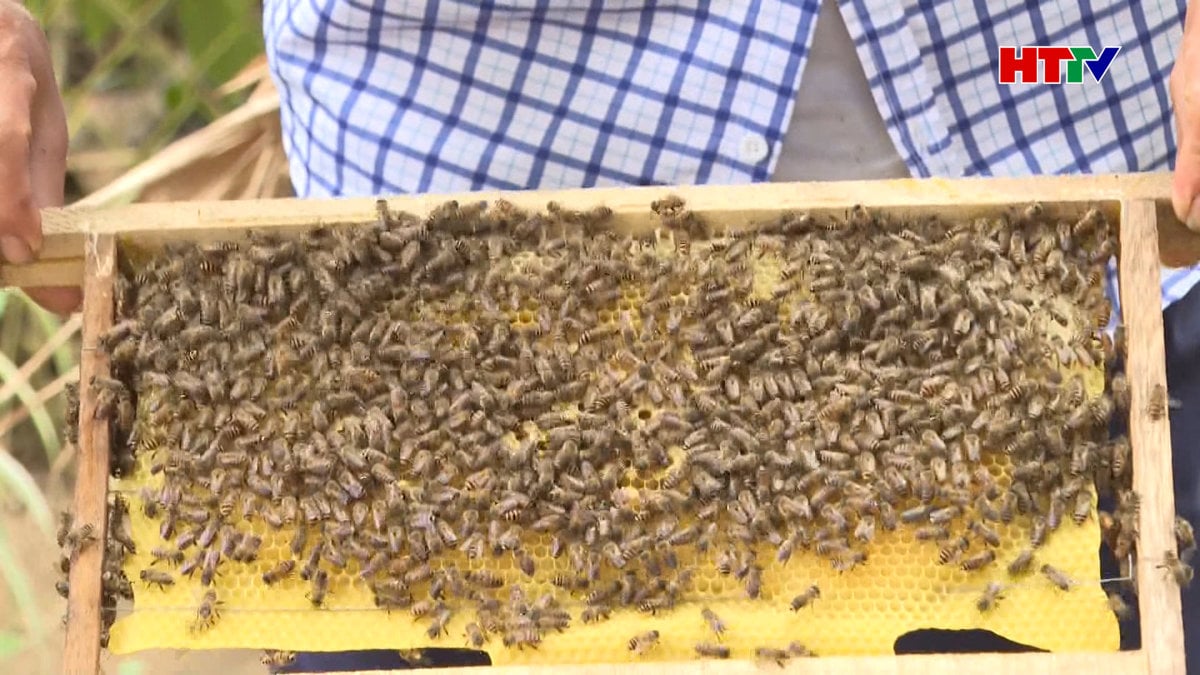



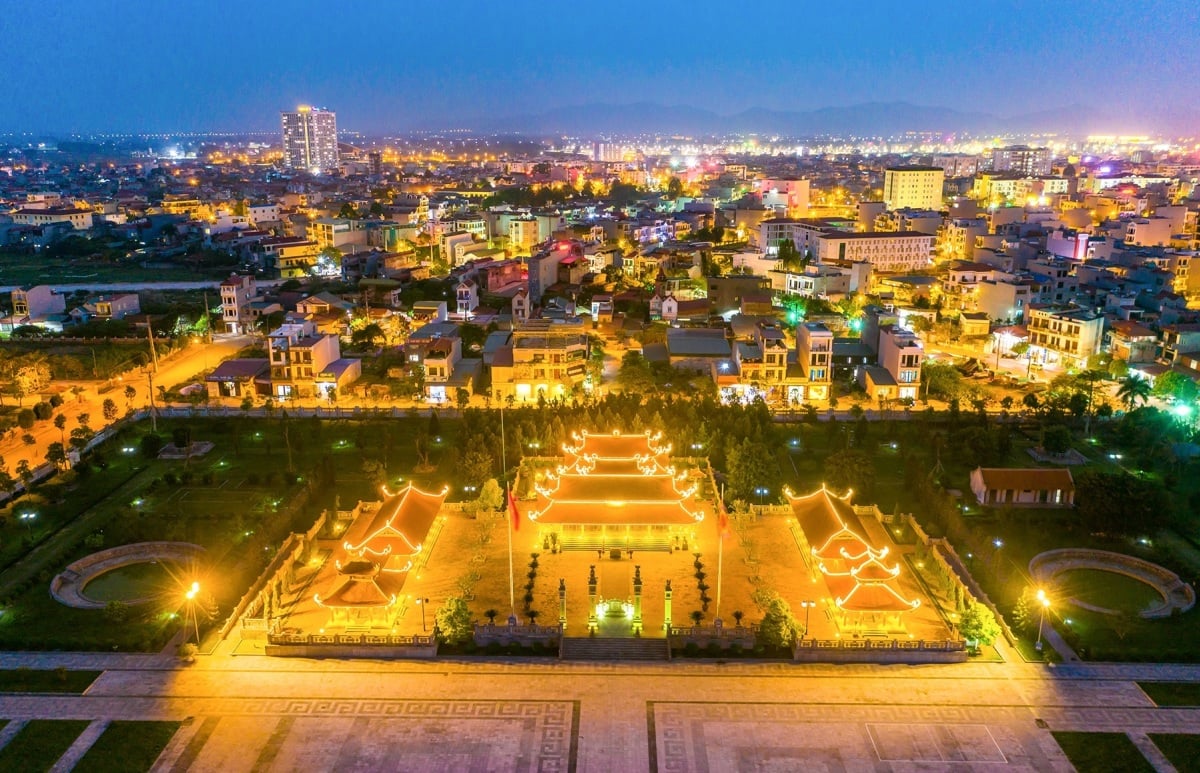
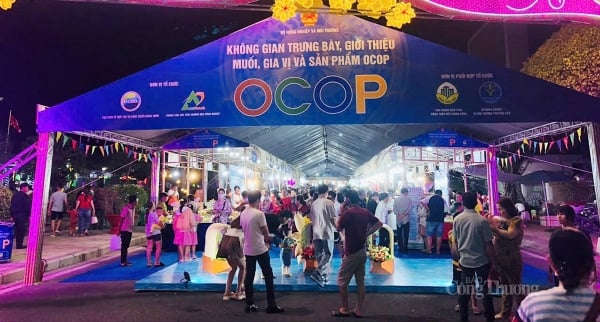



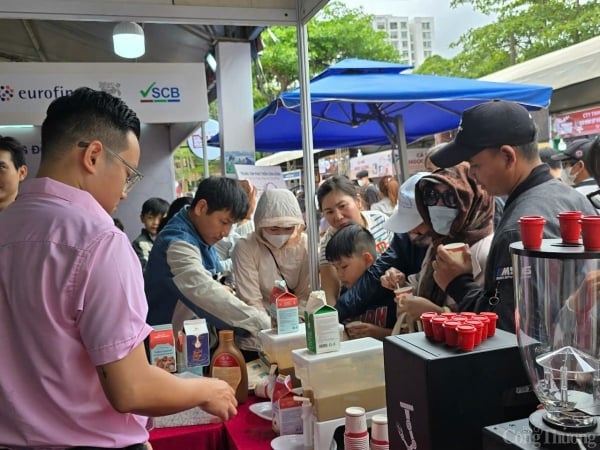

Comment (0)